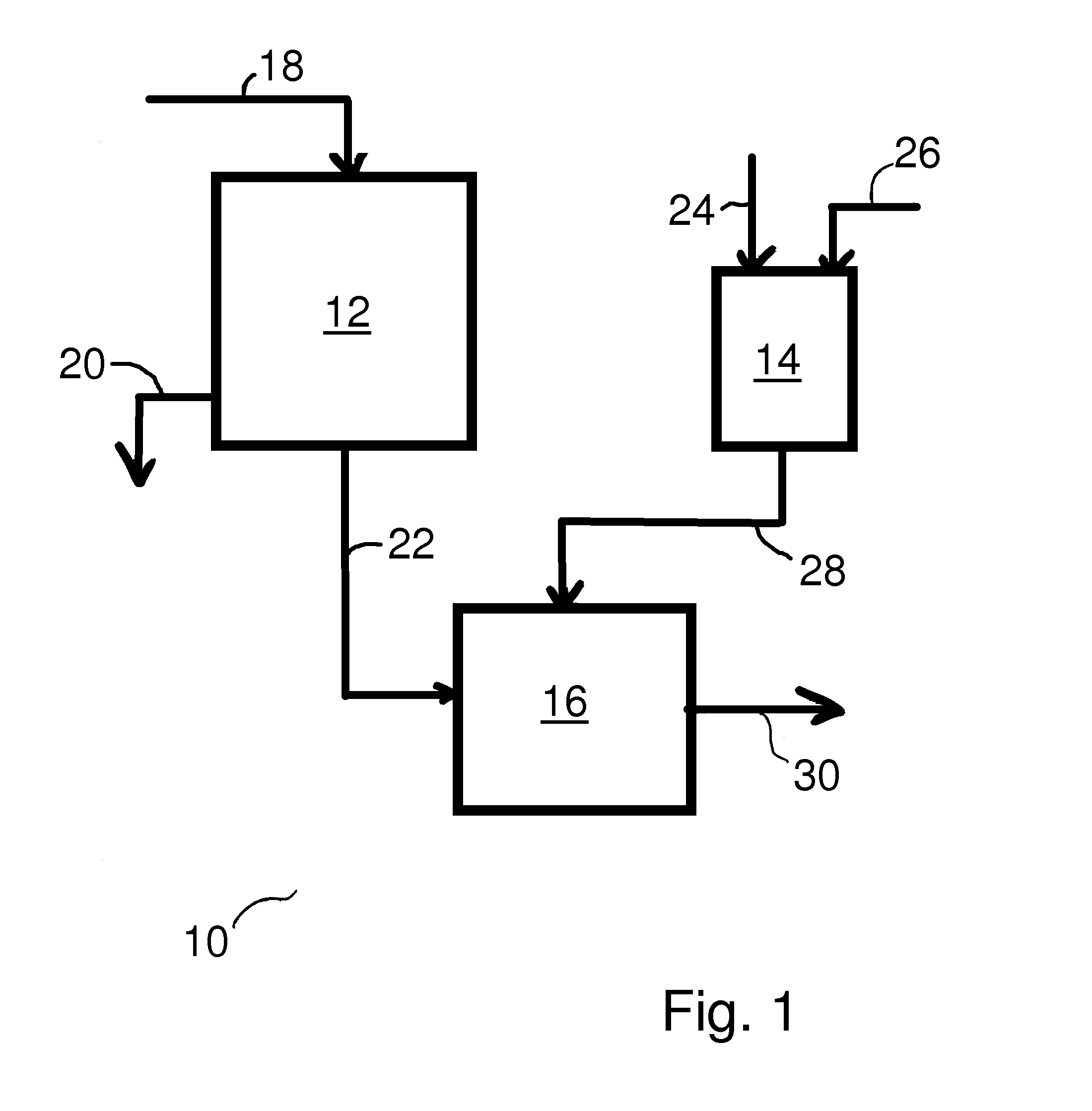Spreadable Butter Formulations
a technology of butter and formulation, applied in the field of spreadable butter, can solve the problems of not being practicable in most applications, not being easy to spread, and not being easy to achieve on a large scale, so as to maintain the spreadability of spreadable butter products and reduce the surface tension of the system
- Summary
- Abstract
- Description
- Claims
- Application Information
AI Technical Summary
Benefits of technology
Problems solved by technology
Method used
Image
Examples
example
[0048]Using the method described in respect of FIG. 1, a spreadable butter was produced consisting of 51% butterfat (by weight of solids), 1% lecithin, and 48% canola oil, to form the 80% solids content of a spreadable butter (which also included 18% water, and 2% salt).
[0049]The resulting product was stored in a refrigerator at a temperature of 5° C. When removed from the refrigerator, the spreadable butter (at 5° C.) exhibited good spreadability similar to normal, 100% butter, at room temperature (e.g. 21° C.).
[0050]Additionally, when re-tested after storage at 5° C. for 1 week, the spreadability of the spreadable butter material of the present invention remained good. As such, a storable, spreadable butter has been provided.
[0051]Accordingly, it is apparent that there has been provided, in accordance with the present invention, a spreadable butter which fully satisfies the goals, objects, and advantages set forth hereinbefore. Therefore, having described specific embodiments of t...
PUM
 Login to View More
Login to View More Abstract
Description
Claims
Application Information
 Login to View More
Login to View More - R&D
- Intellectual Property
- Life Sciences
- Materials
- Tech Scout
- Unparalleled Data Quality
- Higher Quality Content
- 60% Fewer Hallucinations
Browse by: Latest US Patents, China's latest patents, Technical Efficacy Thesaurus, Application Domain, Technology Topic, Popular Technical Reports.
© 2025 PatSnap. All rights reserved.Legal|Privacy policy|Modern Slavery Act Transparency Statement|Sitemap|About US| Contact US: help@patsnap.com

